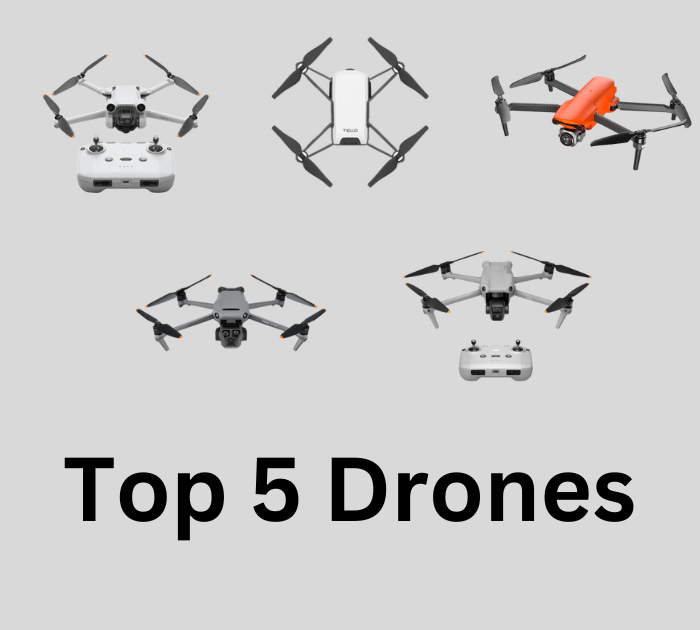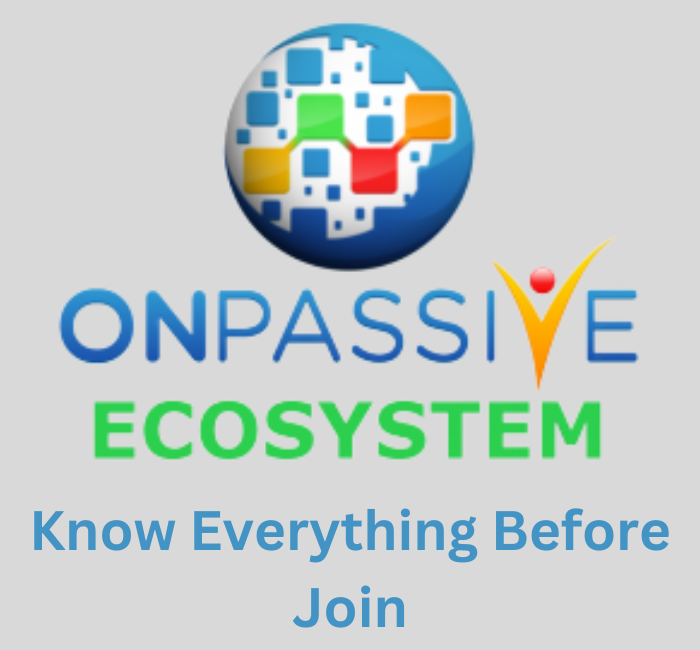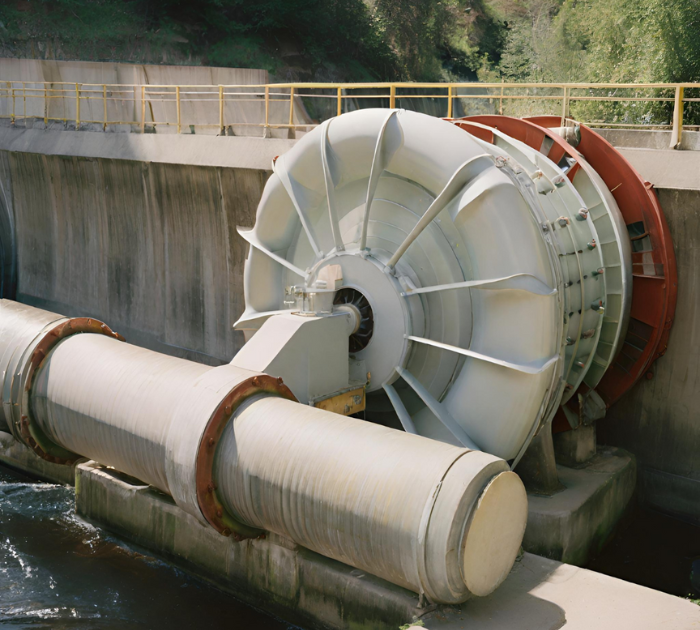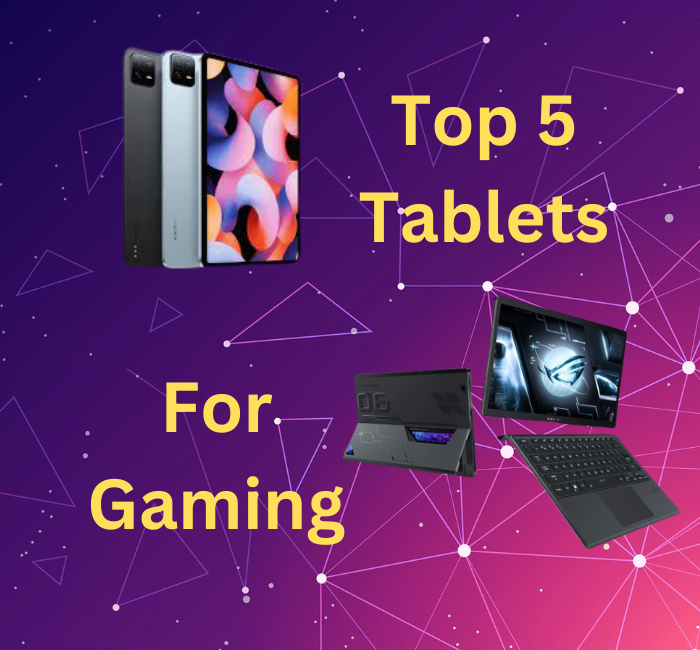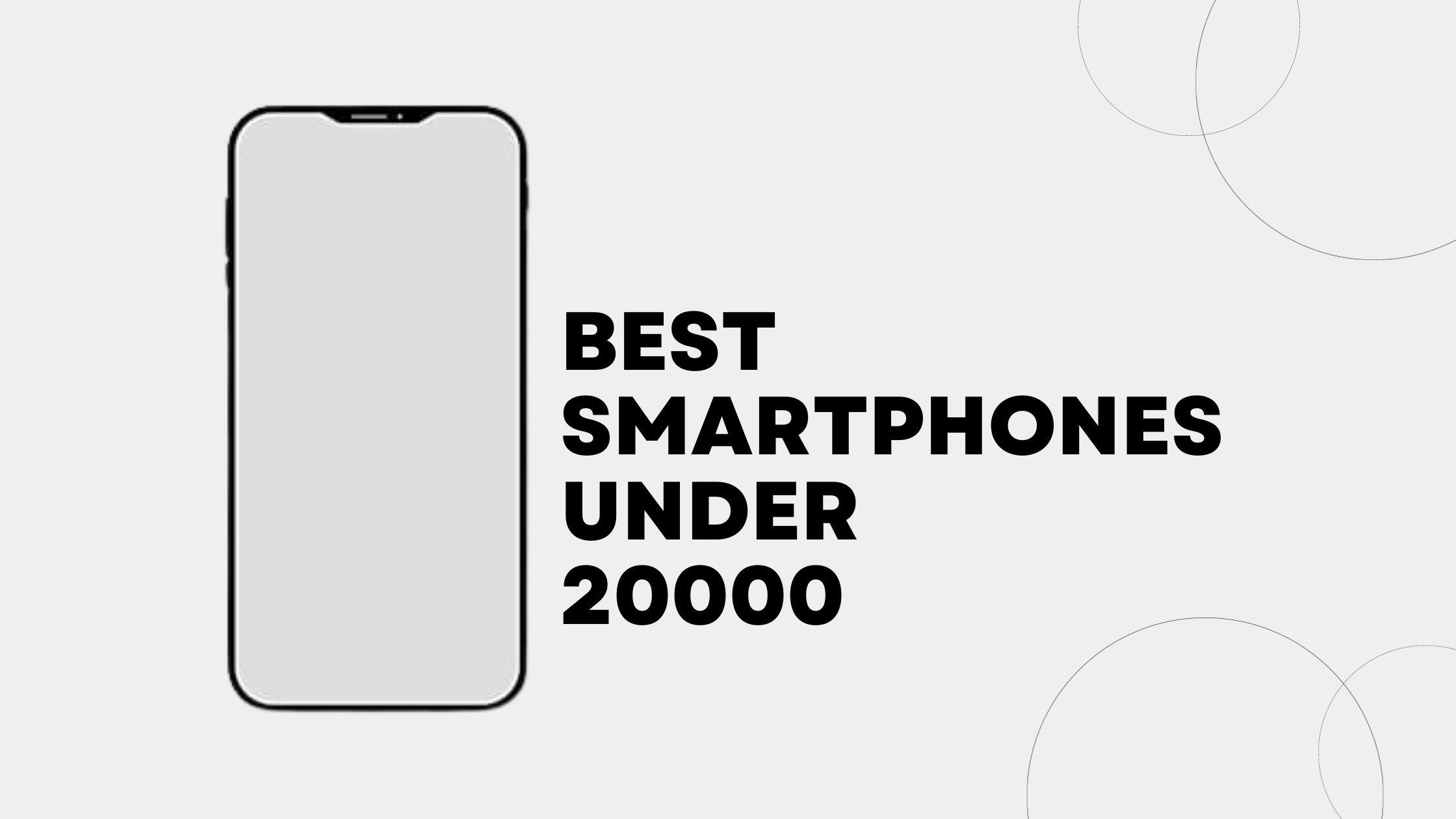
In recent years, you may have heard a lot of talk about the “metaverse.” It sounds like science fiction, but it’s a real concept that is rapidly evolving. In simple terms, the Metaverse is a vast, interconnected virtual world that has the potential to revolutionize the way we live, work and play in the digital realm. In this article, we will take you on a journey into the metaverse, exploring what it is, how it differs from virtual reality, what you can do in it, the role of blockchain technology, its advantages and disadvantages, and what the future holds.
Table of Contents
What exactly is the metaverse?
Let’s start with the basics. The Metaverse is like a giant, shared online playground where you can do almost anything you can imagine. It’s not just a website or a game; It’s an entire universe of digital places and experiences. Imagine being able to work, play, learn, socialize and explore in a vast, interconnected digital landscape. The goal of the Metaverse is to make this a reality.
At its core, the metaverse represents the convergence of the physical and digital worlds. It is a space where your digital self, often represented by an avatar, can interact with others and engage in various activities. Whether you want to attend virtual concerts, explore historical eras, collaborate with coworkers, or create art, the Metaverse promises to provide a platform for it all.
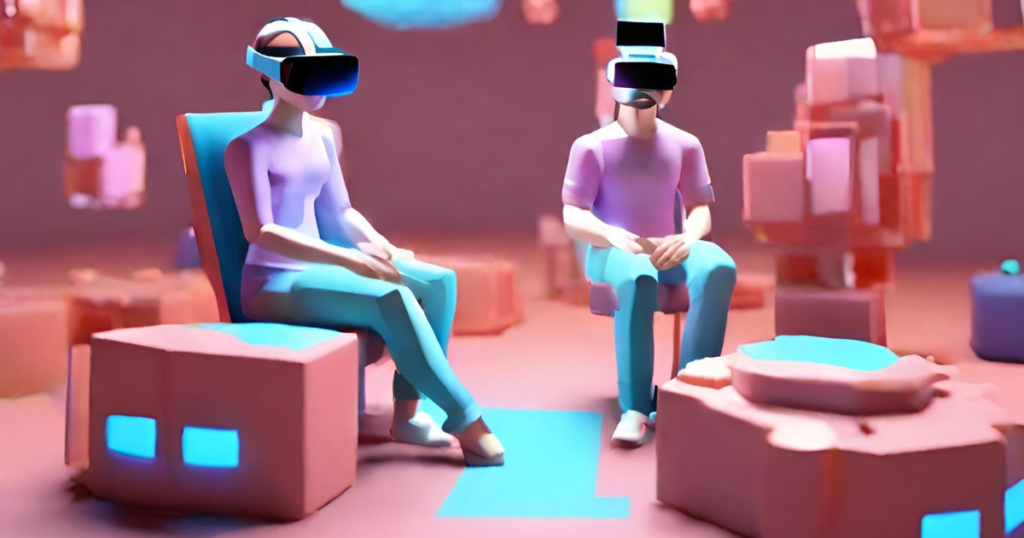
While the terms “metaverse” and “virtual reality (VR)” are often used interchangeably, they are not the same thing. Here’s how they differ:
- Virtual Reality (VR): VR is a technology that immerses you in a computer-generated, 3D environment. This often requires a headset or special equipment. VR is an essential component of the metaverse, but the metaverse goes beyond just VR.
- Metaverse: The Metaverse is an extensive digital universe that includes VR as one of its elements. This includes augmented reality (AR), web-based interactions, and more. It’s not just a technique; This is a vision of a completely pervasive and interconnected digital world.
Think of VR as one of the tools you use to access the metaverse, just like a web browser allows you to access different websites on the Internet.
The Evolution of the Metaverse: A Brief History
The concept of the metaverse may seem like a product of the 21st century, but it has its roots in earlier visions of interconnected virtual worlds. Here’s a brief history of how the metaverse has evolved over time:
- Early philosophy (1960–1980): The idea of a virtual, interconnected space where people could interact dates back to science fiction and early computer technologies. In the 1960s and 1970s, science fiction novels such as Neal Stephenson’s “Snow Crash” and films such as “Tron” explored the concept of digital realms where users could immerse themselves. These visions set the stage for the metaverse to become.
- The emergence of virtual worlds (1990s): The 1990s saw the emergence of virtual worlds such as “Second Life” and “Active World”. These platforms allowed users to create avatars, interact with others, and create virtual environments. Although limited in scope compared to the modern metaverse, they laid the groundwork for the idea of shared, pervasive digital spaces.
- Rise of MMORPGs (2000s): Massively multiplayer online role-playing games (MMORPGs) such as “World of Warcraft” and “EverQuest” gained immense popularity in the 2000s. These games allowed millions of players to explore vast virtual worlds, complete quests, and interact with each other. MMORPGs demonstrated the potential for large-scale online interaction.
- Metaverse as a concept (2000–2010): During the same period, the term “metaverse” began to gain popularity as a way to describe the vision of a completely interconnected digital world. Technological pioneers such as “Second Life” creator Philip Rosedale and science fiction author Vernor Wing, who popularized the term in his novels, contributed to the development of the concept.
- Modern era (2010–present): In recent years, advances in technology, including virtual reality (VR), augmented reality (AR), and blockchain, have accelerated the development of the metaverse. Companies like Meta (formerly Facebook), Microsoft, and Epic Games are investing heavily in metaverse-related projects. This modern metaverse is envisioned as a place where users can seamlessly shift between the virtual and physical worlds, creating, working, and socializing in previously unimaginable ways.
What can you do in the metaverse?
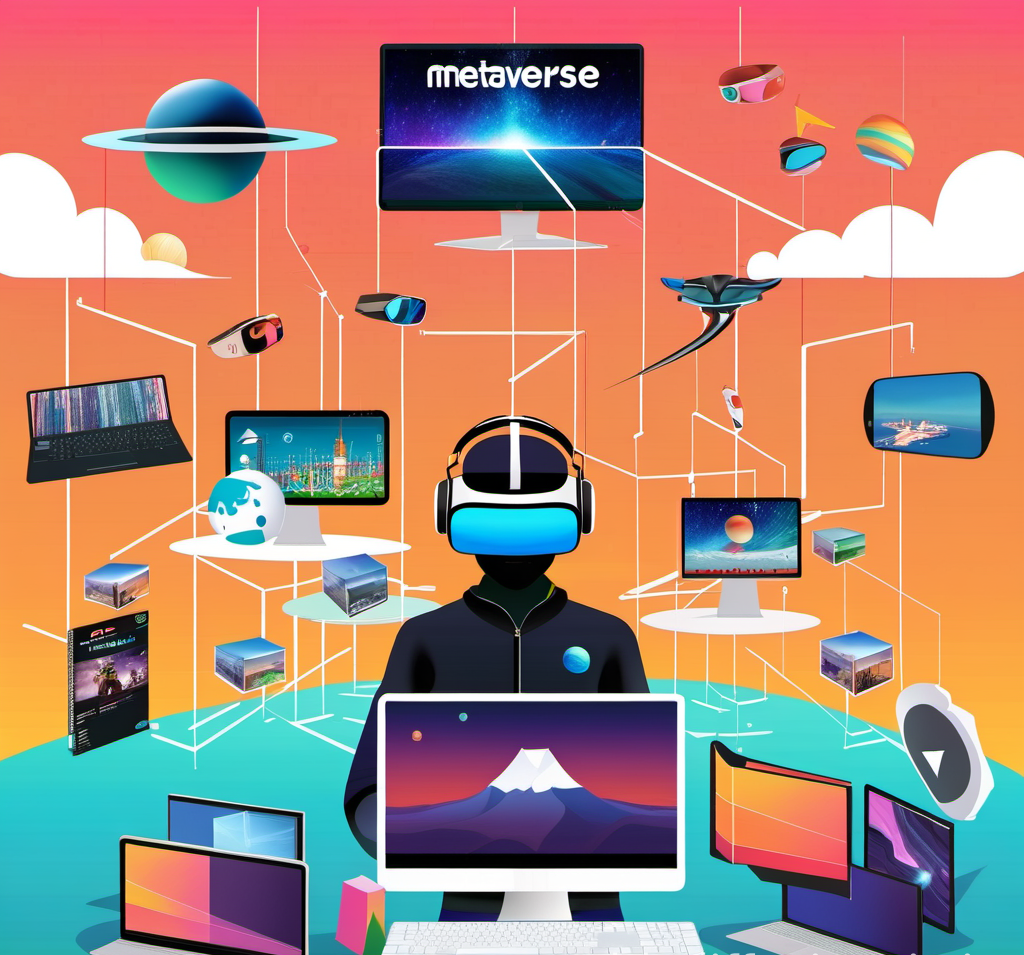
The beauty of the metaverse lies in its versatility. Here’s a glimpse of what you can do in this vast digital realm:
Entertainment: From gaming to concerts, sporting events, art exhibitions and more, the metaverse offers immersive and interactive entertainment experiences. You can also own unique digital assets like non-fungible tokens (NFTs) and virtual fashion items.
Education: Learning becomes an adventure in the metaverse. Imagine stepping into historical events, exploring distant planets, or attending classes in a virtual environment. This is a game-changer for online education.
Work: The Metaverse Redefines Remote Work. You can collaborate with colleagues in virtual spaces that feel just as real as physical meetings. Access to cloud-based tools and applications increases productivity.
Commerce: Virtual storefronts, curated shopping experiences, and interactive customer service are just a few examples of how the metaverse is changing e-commerce. Digital currencies and NFTs are changing the way we buy and own items.
Healthcare: Telemedicine gets a facelift in the metaverse. Virtual health services, diagnostics, therapy and wellness programs have become more accessible. VR and AR tools help monitor health conditions and enhance well-being.
Creativity: Whether you’re an artist, musician, or content creator, the Metaverse offers new avenues to showcase and sell your creations. Digital art, virtual fashion and live-streaming are just the beginning.
Socializing: Connect with friends and loved ones more personally through avatars, holograms, and spatial audio. The Metaverse takes online social interactions to a whole new level.
Travel & Explore: Explore real and imaginary destinations without leaving your home. Experience different cultures and landscapes virtually while promoting cultural exchange and environmental protection.
Event participation: Conferences, conventions and festivals get new life in the metaverse. Attendees can attend from anywhere in the world, enjoying interactive sessions and networking opportunities.
Innovation: The metaverse is a playground for innovation. Game developers, storytellers, and entrepreneurs can push the boundaries of creativity and develop unique experiences.
The metaverse blurs the lines between work and play, education and entertainment, and the digital and physical worlds. It’s a dynamic space where the possibilities are limited only by your imagination.
How does blockchain fit in?
Blockchain technology plays a vital role in the metaverse, ensuring security, transparency, and ownership of digital assets. Here’s how it integrates into the Metaverse ecosystem:
More Control: Blockchain empowers users to own and control their digital assets within the metaverse. Your virtual goods are stored securely in a digital wallet, giving you complete ownership.
Advanced Security: The cryptographic features of the blockchain protect Metaverse data and assets from unauthorized access, manipulation, or theft. Transactions are verified through a consensus mechanism, making them tamper-proof.
Interoperability: Blockchain enables seamless data and asset transfers across different metaverse platforms and devices. It establishes standards and protocols for effective communication and data exchange.
Data integrity: Blockchain maintains a single, shared source of truth within the metaverse. Every transaction and interaction is recorded chronologically, ensuring accuracy and preventing data duplication or falsification.
Quality assurance: In the metaverse, blockchain incentivizes users to provide high-quality data and assets, while penalizing those who contribute low-quality or malicious content. Reputation systems and rewards maintain data integrity.
Secure data sharing: Smart contracts and digital currencies powered by blockchain automate and secure data and asset transactions in the metaverse, eliminating the need for intermediaries.
Immutability and Auditability: Blockchain ensures the permanence and traceability of metaverse data and assets. All transactions are recorded transparently, leaving a verifiable history accessible to all.
Blockchain serves as a trusted foundation for the metaverse, protecting users’ digital identities and assets and enabling a secure and efficient digital economy within this expansive virtual world.
The metaverse’s advantages and disadvantages
Like any transformative technology, the metaverse presents several advantages and disadvantages:
Advantages
Connect with anyone: No matter your physical location, the Metaverse lets you connect with people who share your interests and passions in a vibrant virtual world.
Amazing Experiences: With gadgets like VR headsets, you can explore new places, try exciting activities, and engage in experiences that were once unimaginable.
Better socialization: Interacting with friends and family in the metaverse becomes a more personal and immersive experience thanks to avatars and spatial audio.
Exciting Content: The Metaverse introduces new forms of entertainment from digital art to virtual fashion and live streaming, providing endless opportunities for creativity.
Business Opportunities: The Metaverse opens doors for businesses to sell, operate, and create in unique digital spaces, leading to innovative marketing and customer service strategies.
Enhanced learning: Educational experiences in the metaverse are hands-on and interactive, offering learning in real-time with visual and haptic technologies.
Disadvantages
Cybersecurity risks: Increasing digital connectivity increases the risk of cyber threats such as hacking, phishing, identity theft and harassment from other users or entities.
Cultural and social concerns: Users may experience alienation from their physical world, leading to a potential loss of identity, values, or sense of belonging. Discrimination, inequality, and censorship may also arise.
Digital addiction: The allure of the metaverse can lead to excessive screen time and neglect of physical health, well-being, and social relationships.
Physical-world disconnect: Over-emphasis on the metaverse may reduce users’ awareness and appreciation of the natural environment, leading to ethical and legal dilemmas.
Privacy and security issues: Users in virtual worlds may lack control or ownership over their data and assets, potentially exposed to monitoring or manipulation by other users or platforms.
Regulation Challenges: Policymakers must grapple with the task of regulating a dynamic and evolving digital space. Effective governance models should be established to protect users while promoting innovation.
Future of the Metaverse: Predictions and Possibilities
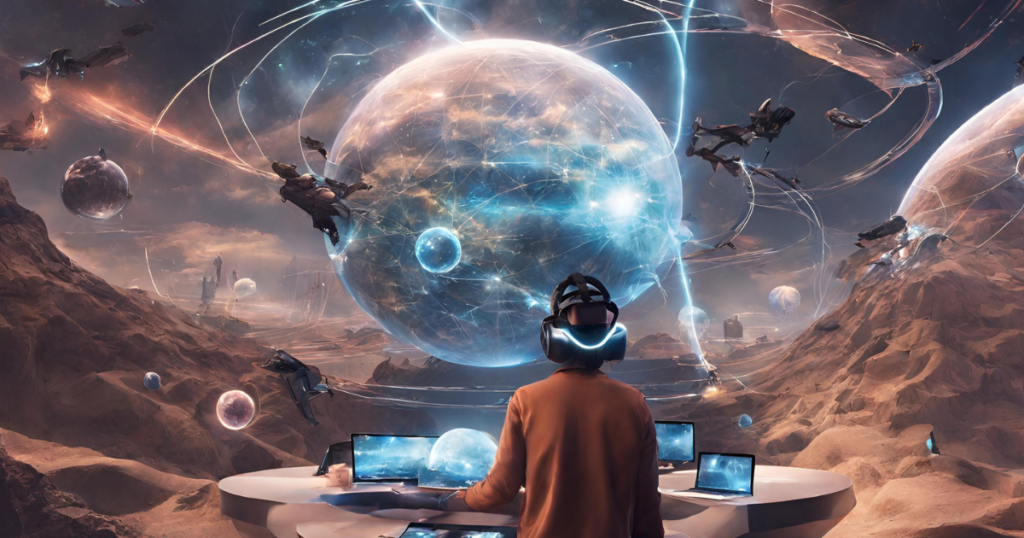
Predicting the future of the metaverse is a challenging task, but we can outline some possibilities and trends:
- The metaverse will become more immersive, user-centric, and interconnected.
- Key technologies such as VR, AR and BCI will shape the evolution of the metaverse.
- It will provide expanded opportunities for connection, learning, work and entertainment.
- Challenges such as privacy, security and addiction must be addressed.
- The metaverse will create new markets and transform existing industries.
- Its development timeline can range from 5 to 15 years or more, driven by technology, user adoption and societal change.
In short, the Metaverse is a dynamic and transformative concept that promises to redefine how we experience the digital and physical worlds. Although it has immense potential for positive change, it also brings up a set of challenges that have to be carefully addressed. As the metaverse evolves, it is important for us to embrace its opportunities and responsibilities, shaping a future where the boundaries between the digital and physical worlds blur, creating new possibilities and opportunities for all.
conclusion
The metaverse is a digital frontier yet to be explored. It’s a place where innovation meets imagination, where connections span the globe, and where the ordinary can become extraordinary. As the metaverse takes shape, it is important to keep a watchful eye on the challenges and opportunities it presents. By doing so, we can collectively guide this emerging digital sector toward a future that benefits us all. Whether you are an adventurer seeking new horizons or a guardian of ethics and values, the Metaverse invites you to be part of its ongoing story – a story that promises to reshape our world in remarkable ways.
Frequently Asked Questions (FAQs)
- What is the Metaverse?
The metaverse is a collective virtual shared space where users can interact with each other and the digital environment. It is a convergence of the physical and digital worlds, enabling a variety of activities from socializing to working and creating in interconnected virtual realms.
- How is the Metaverse different from Virtual Reality (VR)?
While VR is a technology that immerses users in computer-generated 3D environments, the metaverse is a broader concept that includes VR as an element. The metaverse encompasses a range of technologies, including augmented reality (AR) and web-based interactions, creating a more comprehensive digital universe.
- Who is investing in the development of the metaverse?
Many tech giants and companies are investing in metaverse-related projects. Meta (formerly Facebook), Microsoft, Google, and Epic Games are among the major players exploring metaverse development. Additionally, startups and independent manufacturers are contributing to its development.
- What are the possible uses of the metaverse?
The metaverse offers a wide range of applications, including entertainment (gaming, live events), education (virtual classrooms, immersive learning), work (virtual meetings, remote collaboration), commerce (virtual shopping, digital assets), and healthcare (telemedicine). ) Are included. therapy).
- What are the key technologies enabling the Metaverse?
Key technologies powering the metaverse include virtual reality (VR), augmented reality (AR), blockchain, artificial intelligence (AI), 5G connectivity, and spatial computing. These technologies work together to create immersive and interconnected digital experiences within the metaverse.









